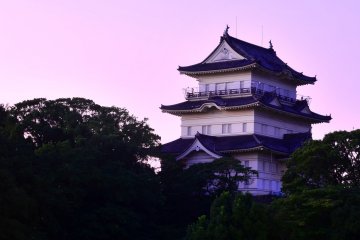
Visiting Odawara Castle
Shehzad LokhandwallaBuilt in the 1400s by Hojo Soun, Odawara Castle was taken down in the 1800s, then reconstructed in 1960 and remains today.

Odawara Castle was built in the 15th century by Daimyo Hojo Soun. It was demolished by the Meji government in the 19th century. It was rebuilt in 1960 and today the 5-story castle sits on the top of a hill that overlooks Odawara.
Inside the castle there are exhibits on the history of the building as well as exhibitions of armor and swords. The top floor offers a beautiful view of the park and the surrounding city. The castle is also famous for its cherry blossoms and many other flowers, including plum blossoms, azaleas, hydrangeas and lotus blossoms. There is a ninja museum on the castle grounds. There is also a small samurai museum there.

Built in the 1400s by Hojo Soun, Odawara Castle was taken down in the 1800s, then reconstructed in 1960 and remains today.
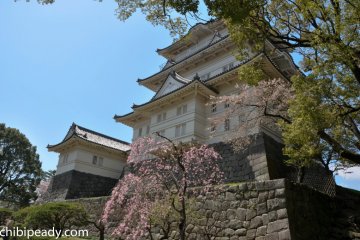
Odawara Castle was built in the 15th Century and was used as the Hojo Clan residence. It soon became the largest castle in medieval Japan.
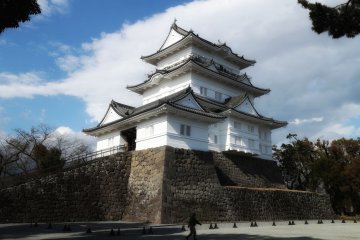
Odawara Castle has a long history tied in to the samurai.
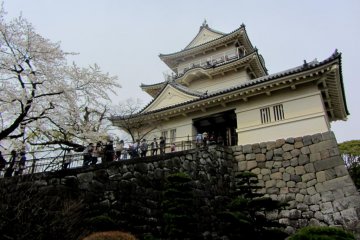
In the springtime, Odawara Castle becomes a popular destination because of its cherry blossoms.
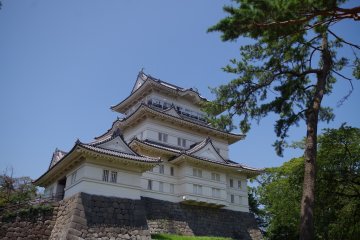
Odawara is a Edo-style castle with an informative museum and shrine in the castle grounds.

Odawara is a rather sleepy town in Kanagawa except for its castle, which is beautiful in the spring around cherry blossom season, and full of life year round.
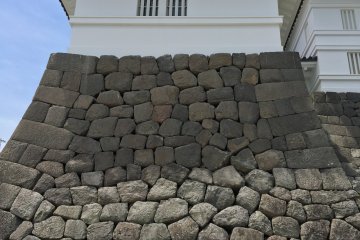
This is a 4-minute film on a short visit to Odawara Castle

The Odawara area of Kanagawa is blessed with several venues to enjoy plum blossoms, and the Odawara Plum Walk event takes advantage of this. From late January through until the end of February, visitors will be encouraged to explore on foot and enjoy them.

Odawara offers some great outdoor experiences. The Flower Garden has exceptional floral displays, with many long walking paths. Odawara Castle Park is noted for its museums and Samurai history lessons.

Kanagwa Prefecture doesn't boast as many castle sites as others in the region, but three of them are worth visiting for day trips. Take in sea views, historical dwellings, and some experiences at these three castle destinations.
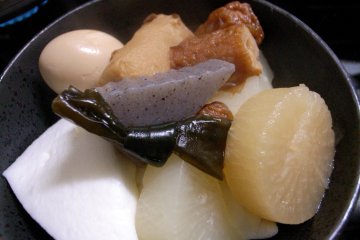
If you'd like to get your hands on some oden this spring, be sure to check out the Odawara Oden Summit. The two-day event is set to include oden types from around the country available for purchase, presenting a great opportunity to try a few and pick a favorite!


Located just 8 mins from Odawara central station, this is a perfect place to stopover during your visit to the Odawara-Hakone

I stayed at their oldest inn, Ichino-yu Honkan (一の湯本館) in mid winter. It is the best season to see snow covered Mt. Fuji in a crystal clear sky! The main
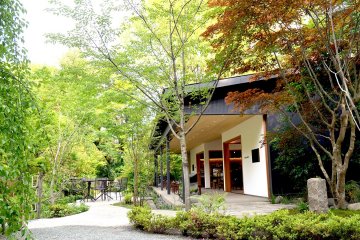
Discover a cafe where you can feel the spirit of Ninomiya Sontoku, the deity of Hotoku Ninomiya Shrine. Sip on Italian coffee while you try an Edo-period meal called gojiru (miso soup with mashed soybeans) while surrounded by the beauty of nature.
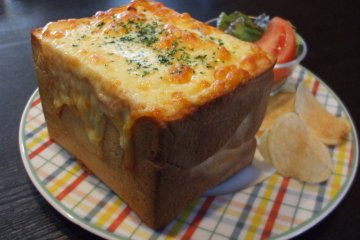
At Pan no Mimi, you can try some truly delicious and unique bread-based food. Along with their assortment of hot sandwiches like tuna-cheese or ham and cheddar, don't look over the bread gratin—seafood gratin and cheese baked into half a loaf of fresh bread.

Box Burger serves some of the best Ashigara-beef hamburgers in the prefecture. When you order one of their juicy, thick burgers, don't forget to grab one of the handmade shakes to go with it. Try Vancouver Coffee here, a local Atsugi brand and made from Kyoto arabica beans, which will also be sure to keep you going for the rest of your trip!
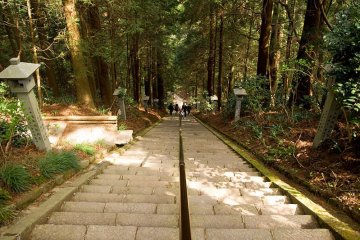
Daiyuzan Saijoji is a temple with a deep connection to the tengu, those creatures who occupy a special place in Japanese folk religion. For example, folklore has it that the tengu, in a variety of different ways, supported the Zen priest who first built Saijoji TempleThe Daiyuzan Saijoji Temple in Minamiashigara is a breathtaking temple of Soto Zen Buddhism. The temple grounds, which were built more than 620 years ago, contain around 30 ceremonial halls and other temple buildings. The temple is surrounded by an impressive cedar forest. In the temple the novices receive their formal religious training to become monks. There are 3 impressive halls on the temple grounds that are worth visiting: the Hondo, Kaisando and Myogaku halls. The temple has a deep connection to the mythical creatures of the Tengu, those creatures that have a special place in Japanese folk religion. For example, it is said in folklore that the Tengu supported the Zen priest who built the Daiyuzan Saijoji Temple in various ways.
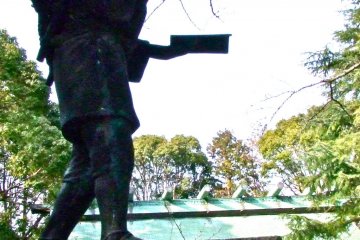
This shrine, established in 1894, is dedicated to the great agronomist, philosopher, and economist, Sontoku Ninomiya.

It is believed that lanterns were made in Odawara since 1573. The unique feature of these lanterns is that they are cheap and foldable. Thanks to the effort of Jinzaemon, a Japanese trader, Odawara lanterns became well known throughout Japan.